The Ultimate eCommerce Guide to Affiliate Marketing
Everything you need to know about working with bloggers, influencers, and large publications. It's the story of how one brand sold $250K+ using affiliates.
Updated November 6, 2024.

Affiliate marketing is a super-powerful marketing channel and is especially lucrative for eCommerce companies. It intersects with influencers and PR and can really provide a steady income for a brand through affiliate links and traffic.
I’ve created an affiliate program 2 years ago for a large eCommerce brand in the home decor space and I’m here to tell the tale. I want to show you the do’s and don’ts, our success, failures, and the lessons we’ve learned along the way.
Let’s dive in.
First, let’s start with a simple question.
Why should you do affiliate marketing for your eCommerce business?
With so many digital marketing channels available to you as an eCommerce owner, like paid ads and influencers, why should you care about affiliate marketing? Aren’t there better ways of driving traffic to your site?
Turns out that affiliate marketing is a very revenue stream for eCommerce brands and the stats show this.
- 81% of brands have affiliate programs
- Affiliate marketing spend is increasing at a rate of 27% each year
- Affiliate marketing is a top acquisition channel for 38% of marketers
So what are the benefits of affiliate marketing that everyone is raving about?
Greater access to target audiences
Affiliate marketing is similar to working with influencers in that eCommerce sites can get better access to a specific target audience. If you’re a shoe brand you can find bloggers that write about shoes, send them a sample to review, and then have them promote their product review and earn a commission on every purchase.
Low startup costs & low risk
It’s significantly cheaper to start an affiliate program than to pay influencers to publish content or advertise your product on Facebook. All you have to do is to pay for the upfront setup of the affiliate tool of your choice and then the initial outreach. There is no fee associated with most affiliate partnerships.
Flexibility
Ecommerce affiliate programs are very flexible. You can change the commission rates, and the type of promotion you allow on your program, and even offer a custom commission structure to each affiliate.
High ROI
All of these benefits result in a higher return on investment compared to other more traditional ways of marketing your products. Word of caution - you do have to make sure that your profit margins are there to allow you to afford that affiliate commission. You also have to have a certain average order value to make it work.
An affiliate program can offer you a quick start to your business by helping you increase sales in the short term and if you treat your customers right you can use the channel to get more referral and boost the lifetime value of each customer.
Pro tip: want to scale your eCommerce affiliate program? Hire one of our eCommerce experts today!
How do you set up an affiliate program?
There are 2 ways to set up an affiliate marketing program. You can either use your own tool or connect to one of the large affiliate networks. Each one has its pros and cons and we actually did both.
Let’s talk about creating your own affiliate program first.
Create your own affiliate program
We used a tool called Post Affiliate Pro which let us quickly set up our own program. There are a variety of programs you could use - Scaleo, JAM, AffiliateWP, Leaddyno, and they all have pretty similar features.
Running your own affiliate program provides a ton of advantages and you should definitely go with this route if you want greater control, customization, and more personal affiliate relationships.
PROS:
-Build better relationships with affiliates -Have full control of all of the commission rate, metrics, banners, promotions -Greater customization -Build a landing page for it on your site -Provide a simple sign up process for your affiliates
CONS:
-No access to the larger publishers, coupon and loyalty sites -Little to no fraud protection -Can’t scale as well as on a large affiliate network would
Back when I worked for Brightech, the home decor brand, we used PostAffiliatesPro to set up our affiliate program.
Our experience with PostAffiliatesPro was amazing. Their customer service team is available 24/7 and they helped us integrate everything. It took about 2-3 days to integrate the system to our site, create the landing pages, and make sure that the tracking works properly.
We then sent an email to all of the bloggers and home decor influencers that we’ve been speaking with and asked them to join the program. We were able to manually add a lot of them by simply plugging in their email addresses, creating a login for them, and sending them their affiliate links.
Here’s the welcome email that we sent to each affiliate:
Hey Ben,
I just added you to our affiliate program, which means you have your own login and can track your earnings.
Every time a user clicks on your affiliate link and buys something, you receive X% of that sale.
The system automatically records all the clicks and sales that are made, and we would just pay you via PayPal every month (X% for every sale).
Here's your login - mayple.com/affiliates
Username: ben’s email
Password: ben123
Your affiliate link - www.mayple.com/?a_aid=WeLoveBen
Much Love, Mayple Affiliate Manager
Once we emailed everyone their links they were able to start posting images/videos of our products and publish blog posts. It was a really simple process and whenever they had a question they could either ask me or look in their dashboard.
But then we wanted to grow and reach the large publishers, and they wouldn’t work with our dinky little affiliate program.
So we had to join one of the larger affiliate networks and play with the big boys.
Join a large affiliate network
Think about it.
A large publisher like Mashable or BusinessInsider doesn’t have the time to log in to hundreds of different affiliate networks, they want to use one system where they can see all of their affiliates.
And that’s exactly why these large affiliate networks exist.
We’re talking about places like PepperJam, Rakuten, Share-a-sale, or CJ Affiliates.
Some brands may want to transfer all of their affiliates from their own program over to one of these large networks. We decided to keep them separate because we didn’t want to complicate things for our bloggers and influencers.
Here are the pros and cons:
PROS:
-Access to 100k+ affiliates of all shapes and sizes -Access to large publishers, coupon sites, and affiliate aggregators -High tech fraud protection -Newsletters and promotion opportunities to promote to the network -Access to a personal affiliate manager (if you’re willing to pay the big bucks)
CONS: -Affiliate relationships take much longer to develop -It’s harder to find quality affiliates -You will still have to do your own cold email outreach and PR -They are much more expensive than running your own program
We actually went with PepperJam and it opened new horizons for us. We were able to connect with places like BusinessInsider, Honey, Skimlinks, RewardStyle, BuzzFeed, and other large publishers.
The challenge was to find the best affiliates for us to work with, and we had to try several strategies before we hit the jackpot. Here are a few ways that we found that really helped us get to the right people.
How do you find the perfect affiliates to work with?
There are several ways you can find the right affiliate to work with. You can search on social media, use a PR tool and combine it with cold outreach, or sign up for an affiliate network. Let’s look at each one of these ways.
Social media
The best way to find affiliates when you are just starting out is by doing it organically and on social media. Look at your brand’s social media following and see if there are influencers that already follow you. Perhaps there are bloggers or influencers that you’ve worked with in the past, and could now expand the collaboration by offering an affiliate commission. Maybe you have brand ambassadors or superfans that are super excited about your product/service and would love to become affiliates.
It’s also a good idea to announce your affiliate program on your various social media pages and see what kind of response you get. If you have an engaged following chances are that people will respond and want to join.
Another great tactic is to look up your competitors and see what kind of influencers they are working with. Here’s a post by Eugene Lee Yang advertising a moisturizer from House99.
If you were a skincare brand you could reach out to this particular influencer and start an affiliate relationship. You could also find others like him by identifying some of the hashtags that he uses.
We’ve tried this method and over time we were able to build a really vibrant community. We actually created our own Instagram handle (which we grew to over 120k followers) just for re-posting some of our favorite influencers’ posts:
Pro tip: share and engage with influencers’ posts and build a community around them. Then these experts will feel really appreciated and would like to work with you to promote your product.
But, organic social media takes a long time. And not all the platforms allow you to link directly to your product pages. It’s definitely more of a long-term play, so how do you speed things up?
Cold email outreach
You use cold email outreach! Cold emails are one of the most powerful ways to build relationships. As a marketer, I have built countless relationships from people cold-emailing me and I expect to get goodies in my inbox every week (and I do).
One of the best ways to recruit affiliates is through email outreach. Here are the steps we took to get 400+ affiliates into our program:
Step 1 - Use a database tool
Early on, I discovered a gem of a tool for cold email outreach. It’s called NinjaOutreach and it has over 500k+ emails of influencers and bloggers. I searched for the relevant keywords to our industry and exported several thousands of leads.
Step 2 - Use a cold email tool
Once you have your leads it’s time to put them into a cold email outreach tool. Manually emailing all of these people will take several hours and manual follow-up is nearly impossible, so just do yourself a favor and use a cold email tool.
My favorite one is Mailshake, but you could use Lemlist or Woodpecker, they all have pretty similar features. I used Mailshake to automate all of our follow-ups.
It took me 10 minutes to set up the campaign, import all leads into it, add personalization, add 3-4 follow-ups, and click send. I used some of their email templates which made the process even quicker.
Mailshake helped us to get over 30% response rates on our outreach campaigns:
After you start getting responses, it’s time to respond to them all.
Step 3 - Respond & follow up
Respond and follow up with every single person that responded to your email. Send them more details, examples of other successful affiliates in your program, and what you are offering (free product sample + commission %).
Step 4 - Connect them to your affiliate program
Once they agree to join the program then add them as a user and send them their tracking code/affiliate link. Then test their tracking and make sure that it works and that everything is set up correctly.
Step 5 - Manage the campaign and track progress
Once you’ve added the affiliates, send them your campaign requirements, what you are looking to achieve, what you want them to do, and track their progress. Tracking your results is key because that’s how you can improve. We did several rounds of campaigns with YouTubers and in each round we took what didn’t work and changed it to test different aspects of the content. As a result, we were able to get 4 ROAS (return on ad spend).
Here’s an example from one of the affiliates that we’ve worked with, Peter Von Panda, who is hilarious and entertaining:
What if you want to reach out to large publishers like BuzzFeed?
That’s when you have to join the larger affiliate networks.
Large affiliate networks
Here’s another great way to find affiliates to work with. The major advantage of using these networks is that they already have a network of affiliates built-in. They have everyone from small bloggers and influencers to large coupon sites, affiliate aggregate, shopping sites, and large publishers.
When you join one of these you’re going to have a gut instinct to add and accept as many affiliates to your program as possible. That’s what we actually did in the beginning. And what we found out is that affiliate relationships are not built within the network (unless you pay to have the network manage your program for you).
We still had to do our cold email outreach and build relationships with influencers/bloggers outside of the network in order to work with them. Once someone was interested we added them to PepperJam and they would start linking to some of our product pages.
Here’s the story of how I started a partnership with the Business Insider:
Business Insider is one of the largest publications with over 75 million monthly visitors in the US alone. And the best part is that I found that they have already featured us in a few articles, linking to our products on Amazon.
I looked up their email on PepperJam and began emailing the editor. I sent him an email every 2-3 weeks receiving a few replies here and there, but it took me almost 6 months to finally get the link to our site published on an article.
It took me 6 months of emails to get BusinessInsider to link to us.
So don’t be afraid to send lots of follow-ups. Some of these large publishers are really busy and not very communicative and you’re going to have to be persistent to get anything done.
Next, you’re going to want to reach out to different types of affiliates. We’re going to discuss this more in detail in the next section of this guide but here are some basic tips for finding the right people to work with.
Publisher type - you can select to search for publishers or influencers only. Geography - select publishers based on where they are located. This is a great feature if your business serves specific locations or if you want to target specific audiences.
Traffic or size - filter affiliates by their size and by the amount of traffic that they get.
Network activity - you can select those affiliates that are the most active on the particular affiliate network that you are working with.
Industry - you can find specific publishers that are in your industry or that publish articles about your industry by using keywords. So if you’re a lamp company then look up everyone in the home decor industry, and narrow it down from there.
PepperJam actually has an entire feature called Discover where you can look up affiliates based on a variety of criteria. On the welcome screen, they actually show you affiliates with similar traffic to you, which can be useful if you are just starting out.
PR tools
Last but not least, there’s PR!
What’s interesting is that a lot of traditional PR intersects with affiliate marketing. The main way that online publications make money is through sponsored content so a PR play can quickly become an affiliate marketing play.
A tool that we’ve used and absolutely loved is called PressHunt.
PressHunt is a database tool that’s specifically geared towards PR. They have over 600k journalists around the world with emails and topics they cover. You can make lists and export the people that you would like to connect with into your cold email outreach tool. Just remember to personalize these emails.
Mention specific articles that they’ve written, specific products that they covered, or specific topics that would be of interest. The worst thing you can do with PR is to email hundreds of journalists with no personalization and use a generic template. Trust me, you don’t want to make that mistake (personal experience 😅).
Ok, so we’ve covered the different ways to reach out and find affiliates. Now let’s talk about the different types of affiliates that you should be reaching out to.
Pro tip: need some help using these tools? Check out our list of the top eCommerce freelancers to hire.
What are the main types of affiliates that you need?
Who should you be reaching out to? How are you to connect with?
Coupon sites
Coupon sites are the easiest affiliates to add to your network but they do carry some risk. First of all, these aren’t going to be appropriate for every brand out there. These work well for convenience goods and high-margin products.
These include Honey (which was recently acquired by Paypal for $4B), Rakuten, Ebates, Coupons.com, RetailMeNot, and Groupon.
Advantages - they can quickly generate revenue for you, especially if you run a few promotions with them.
Disadvantages - they can cheapen your brand and there’s an argument that they don’t actually bring you new customers, but help people to find a coupon while they are checking out on your site.
Comparison shopping sites
These are sites that have lists of products and prices and allow users to compare between them. These include shopping.com, BizRate, and CamelCamelCamel. Some require discounts or coupons but most do not.
Advantages - same as coupon sites, they can generate a quick buck.
Disadvantages - not for every brand out there, will need you to promote and pay extra to get any kind of traction.
Content affiliates or publishers
This group is by far where you will get the most value. These are large online publications whose content is widely shared across all of their marketing channels and who have huge audiences.
These include CBS, Forbes, BusinessInsider, ApartmentTherapy, Wired, NYMag, Curbed, the Huffington Post, and many others.
Advantages - the best way to build your brand and get recurring traffic month after month.
Disadvantages - can be very expensive ($10k-50k per campaign) and these relationships can take a long time to develop (6 months in our case with BusinessInsider).
Review sites
These are sites that primarily focus on product reviews. Some examples include This is Why I’m Broke, SafeWise, and BestReviews.
Advantages - review sites often feature specific product categories so they are more targeted than coupon sites. And depending on your product category you can find a ton of different review blogs to reach out to. They are cheaper than working with a large publisher but also provide you with content.
Disadvantages - can cheapen your brand, do require you to pay extra, and it’s harder to find high-quality review sites.
Loyalty or cashback sites
Loyalty or cashback sites are exactly the same as coupon sites, don’t let them fool you! The only difference is that instead of a discount they provide the users a cashback. These include Ebates, BeFrugal, ShopAtHome, and TopCashBack.
Email newsletters
These are affiliates whose greatest asset is their email list. So they offer brands to advertise to their audience by including a blurb about them in an email newsletter. You will find that lots of publishers have this feature. Some examples include Abenity, ProductHunt, and 1440.
Advantages: a great way to work with a larger publisher because it’s much cheaper than commissioning a full feature on their site.
Disadvantages: it’s hard to find good ones, and it’s really hard to know if they will be successful. You have to carefully look at the data and order a few of these so you will have a chance to optimize and test different headlines and creatives.
Affiliate Aggregators
These are smaller affiliate networks that you could add to your affiliate program in order to get access to specific affiliates.
One example is SkimLinks, which has hundreds of affiliates within it. We found several publishers that could only work with us through Skimlinks so we added Skimlinks as an affiliate within Pepperjam and we were good to go.
Advantages - gives you access to specific publishers that only use that platform
Disadvantages - you have no way to see the data on each publisher so it’s much harder to optimize or to see who is bringing you the most sales. You have to be in touch with each publisher individually.
Recap
We hope that you’ve learned a ton from this guide.
Let’s go over what we’ve covered:
-How to set up an affiliate program -How to find the right affiliates to work with -The types of affiliates there are and their pros & cons
If you have any questions or have a specific affiliate strategy that has worked for you, please share it with us in a comment below! And if you need a quick refresher on eCommerce marketing, check out our list of the top eCommerce courses to learn this year.
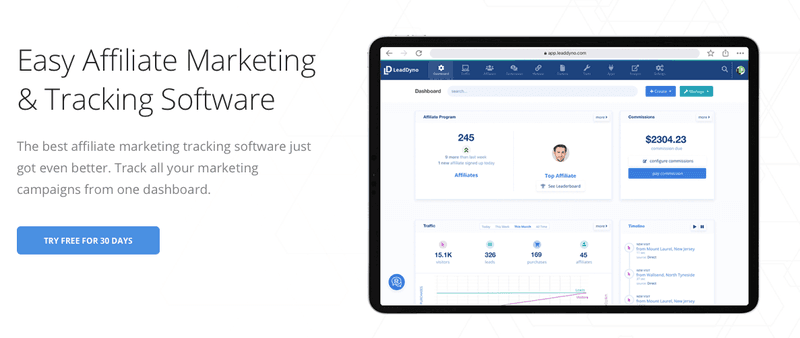

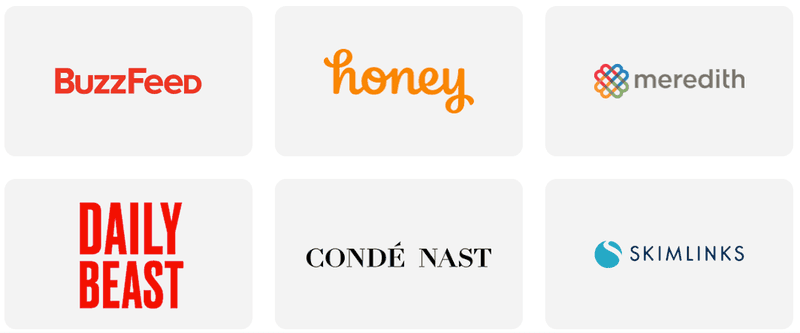



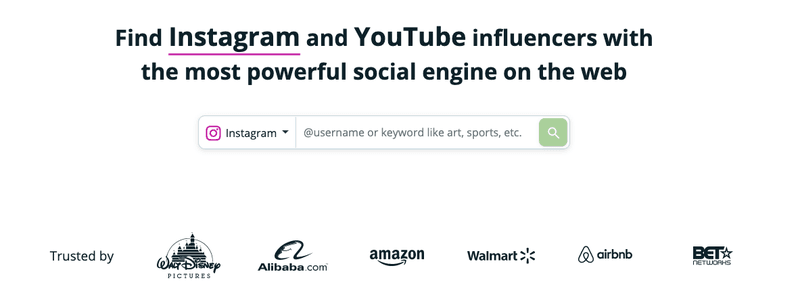
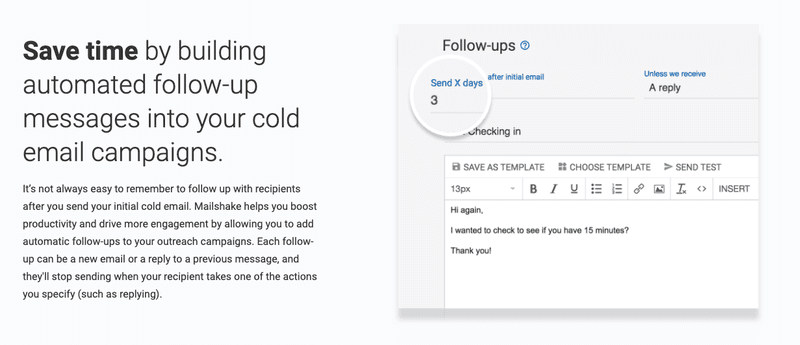
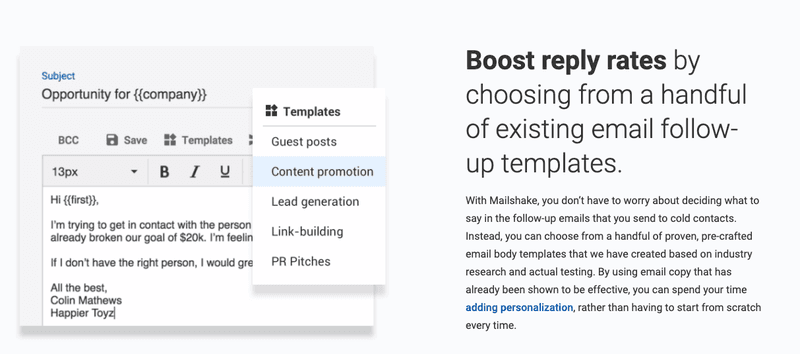


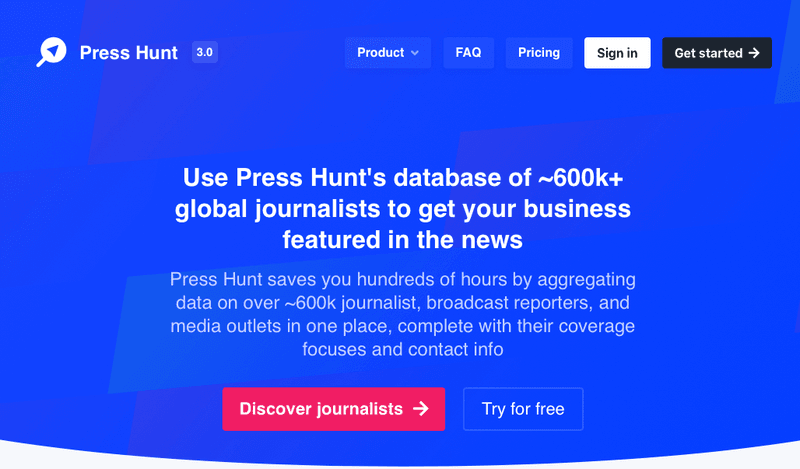

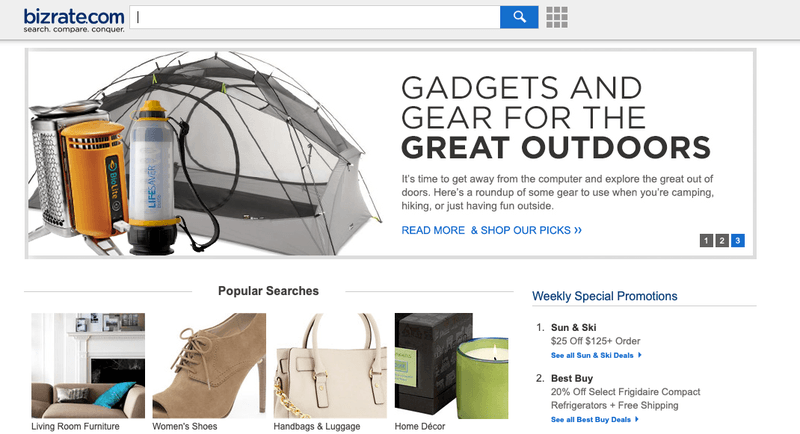
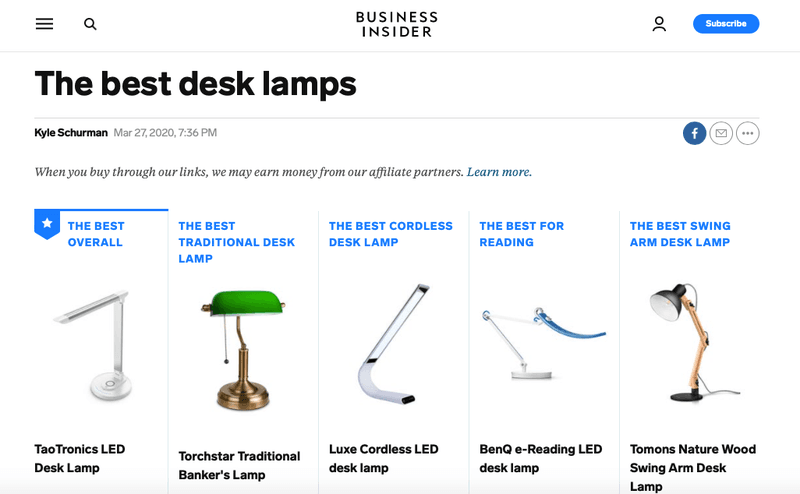
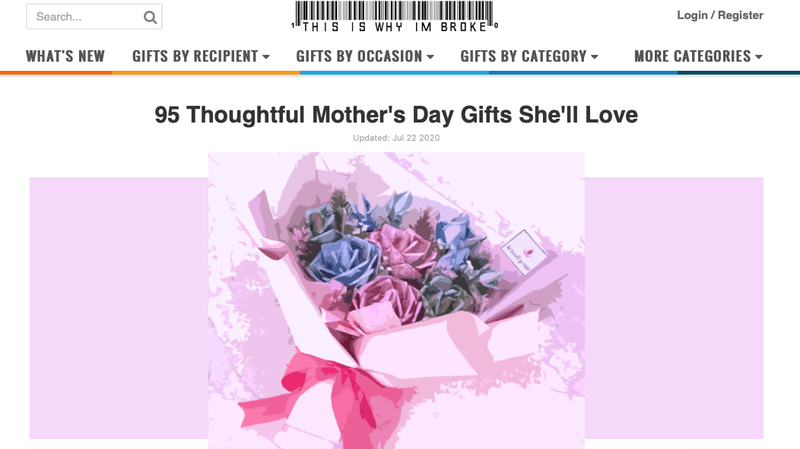


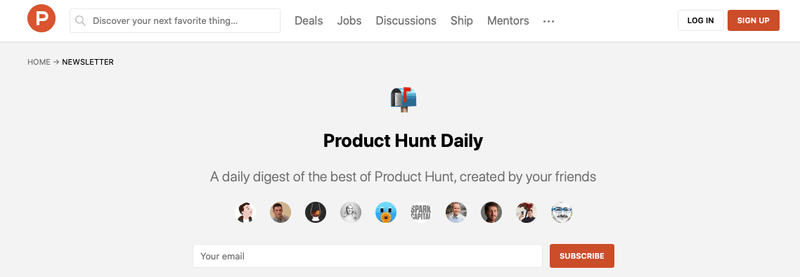




![Ecommerce Influencer Marketing Guide [{year}]](https://entail.mayple.com/en-assets/mayple/fit-in/280x280/61d2ea79f313c28f4c8db206_Influencermarketing_66db2fce7169ba4e06a08c2e7a96a606_2000-1699776073221.jpg)
